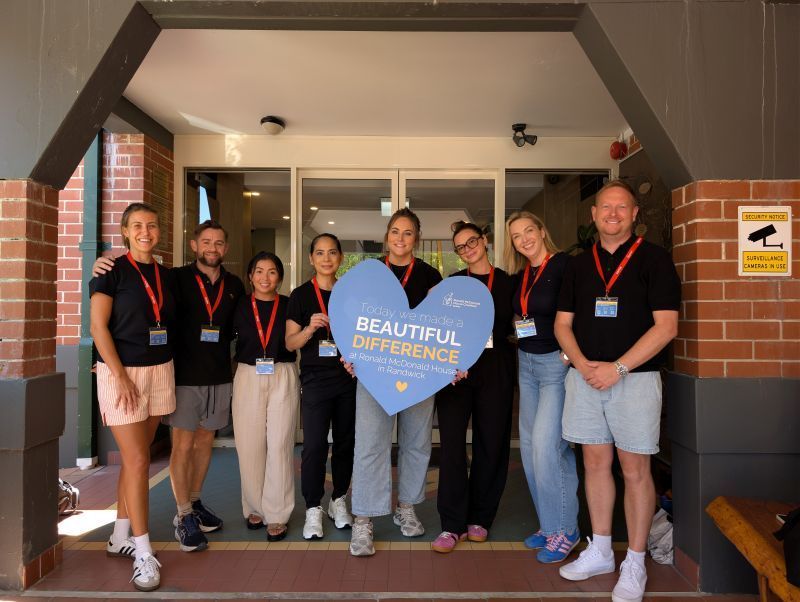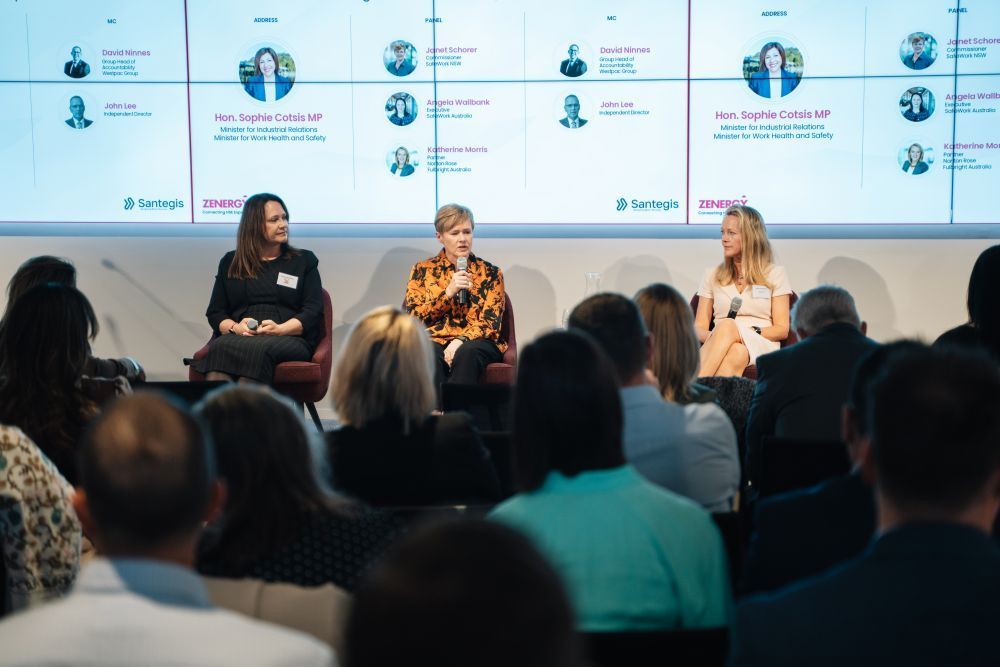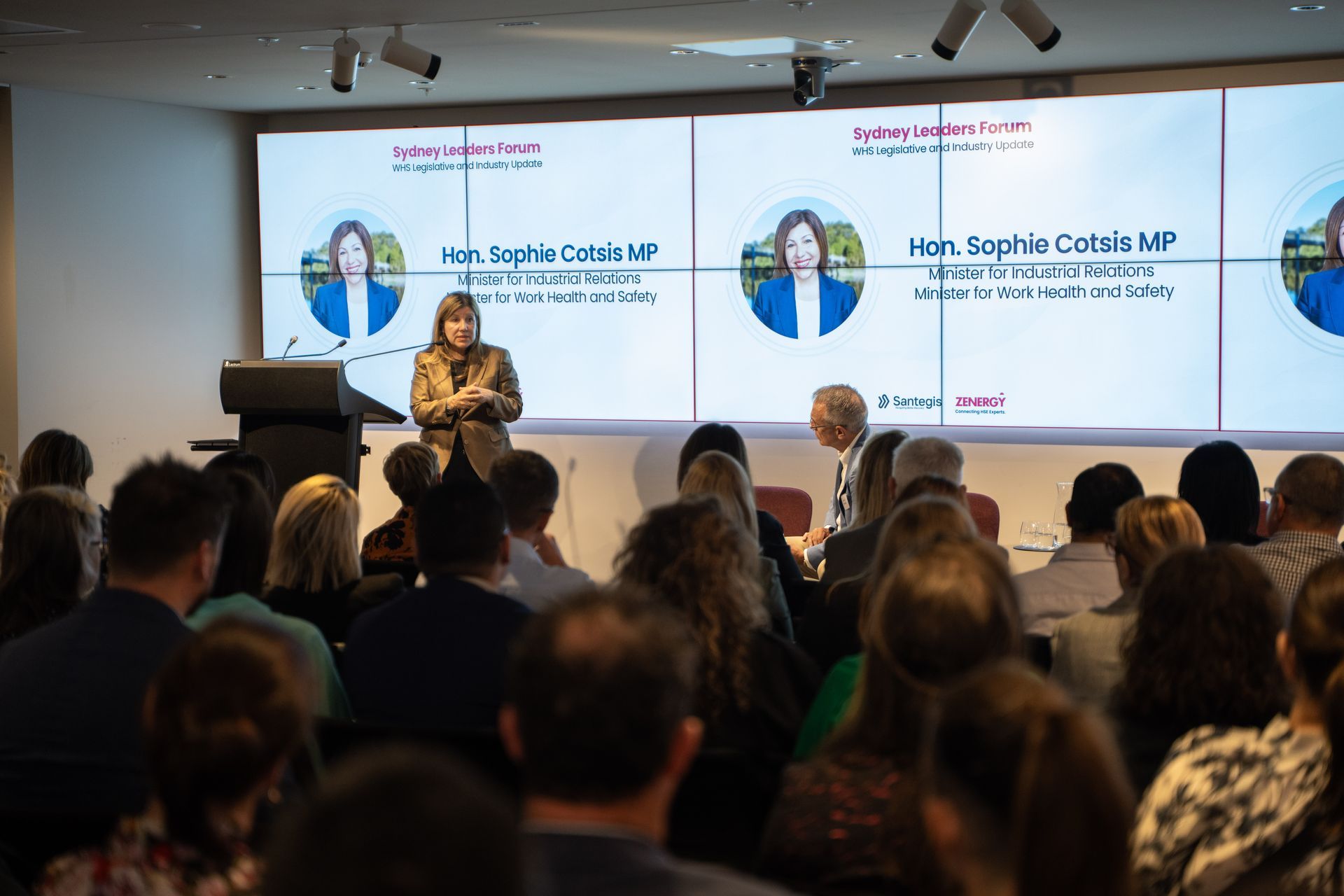What can Anthony Milford teach you about identifying superior candidates?
A superior candidate is what every organisation wants and needs, however, what do superior candidates look like? And where do you find them?
When I work with organisations, one of the core themes I try to drive home is that it’s imperative to hire not only highly talented but also highly-successful staff. However, for those looking to fill work health & safety roles, identifying superior candidates can be a challenging task.
What can you learn from superior candidate Anthony Milford?
I’m fortunate that throughout my years of seeking high potential talent, I have noticed a number of key indicators that organisational leaders can look out for when seeking superior candidates. As Rugby League is home to a number of high-potential, high-performing individuals, I thought it would be an interesting case study to investigate.
1. A well-looked–after employee is a successful employee
I have noticed over the last few years there have been a number of high-profile contract talks between famous sports people and their clubs. For instance, The Courier Mail reported that Brisbane Broncos star five-eighth Anthony Milford is set to sign a new contract that will be worth over $1 million per season.
To many, this is a signal to the rest of the NRL teams that Milford is off limits. However, to anyone with a background finding top talent, it is also a signal of Milford’s worth.
Most superior candidates are well looked after; they receive a number of benefits and have special access to organisational leaders. Next time you see an employee receiving unique treatment, don’t scoff. Instead, think to yourself, is that a superior candidate I could use on my team?
2. Superior candidates drive others forward
When I speak to people about what they think superior candidates look like, they tend to imagine high-performing individuals. However, what they don’t see is the effect they can have on others.
.
Sticking with Anthony Milford as the archetype of a superior candidate, his influence is more than just on the KPIs the Broncos will have set for him. Speaking to NRL.com, Milford opened up about some of the advice he offered fellow playmaker James Roberts.
“After our first game I told him not to worry about it,” Milford said. “You just have to do your own job and if you do your’s, things will work out for yourself.”
As a superior candidate, Milford was able to push ‘The Jet’ – as he is colloquially known – to greater heights. Specifically, Roberts was able to cement his place in the Broncos team and as a result, the pair have been able to drive the whole team forward.
One of the ways Zenergy identifies superior candidates is through the work they do with peers and the responsibility they take on to coach and mentor others. As the talent developers within an organisation, superior candidates can drive others in WHS positions, and the organisation as a whole, to the next level.
3. Professional development is essential to superior candidates
For high-potential candidates, professional development opportunities will form a key component of the attraction and retainment strategy. Many organisations have high performance talent managers that identify superior candidates in their business. They offer a range of bespoke training and mentoring programs to these individuals to develop their capabilities to reach their potential.
Milford was offered a scholarship by the Canberra Raiders when he was only 13 and a clear career path to the first team. For those looking to develop the size and quality of their talent pool and stack the leadership pipeline, it is essential that organisations can offer superior candidates development opportunities.
This is where we, the specialists at Zenergy, come into it. We not only have strong processes in place to be to identify key talent in the industry we partnered with elite performance coaches to offer a range of coaching and mentoring solutions to compliment your in-house strategy. This has been a focus of mine now for quite some time and we are so proud to be able to bring such an elite product to market.
Finally – high performance talent scouts are a key component of any high performance focused team, they look for outstanding talent but also identify people that will be a cultural fit into their team. It is crucial when building a high performing team to have a strategy to identify and attract the best talent.
If you would like to know more about how our services can help you develop talent pools, talk to a representative of Zenergy today on + 61 2 9037 0410.






